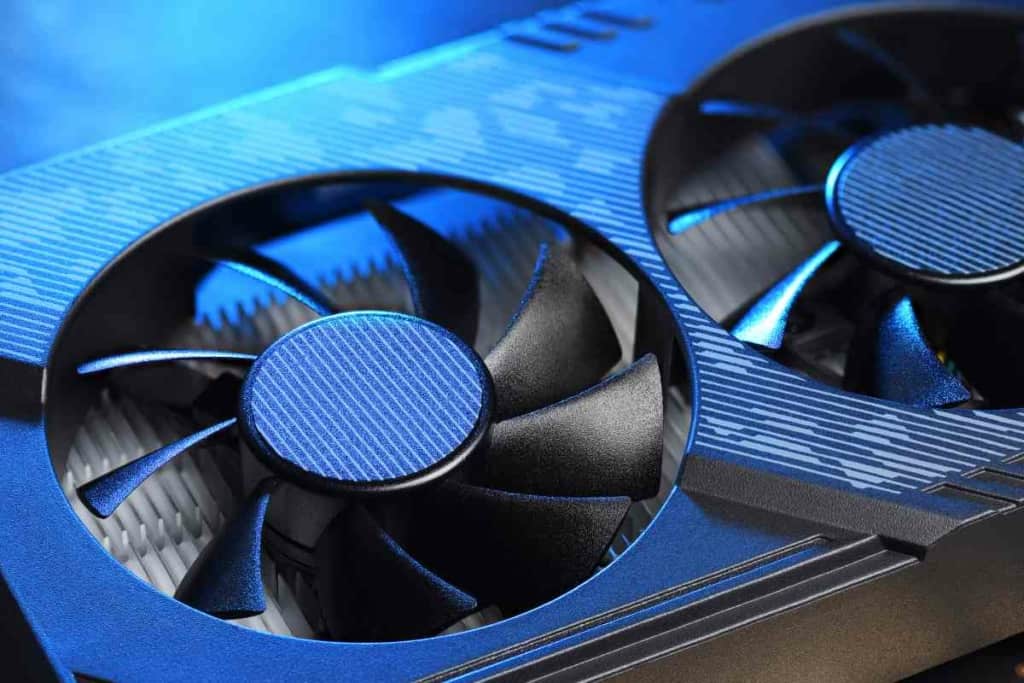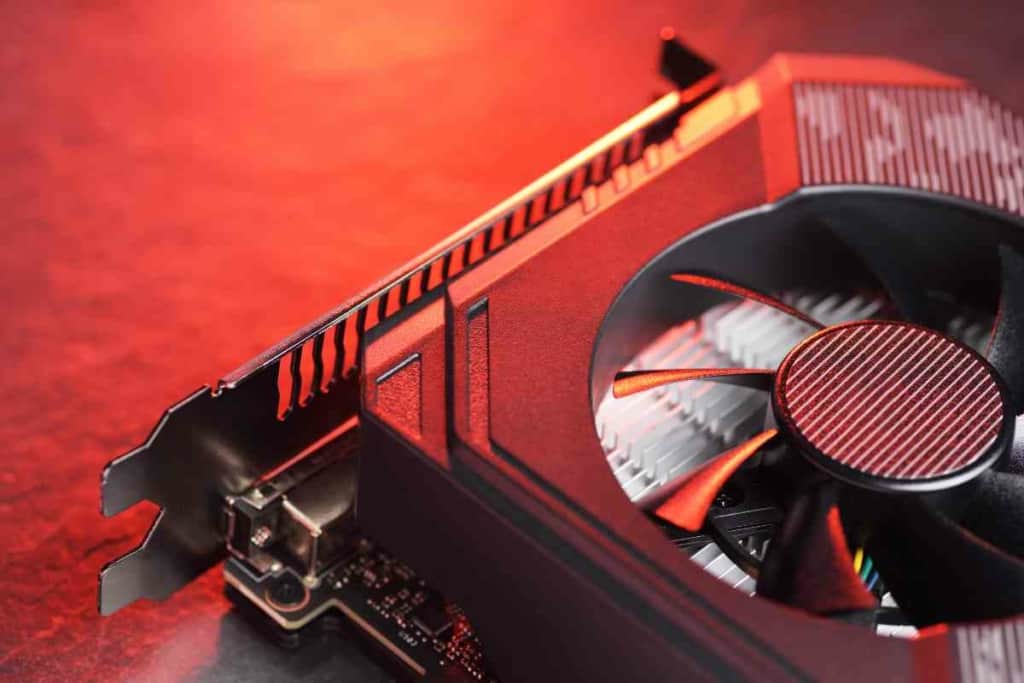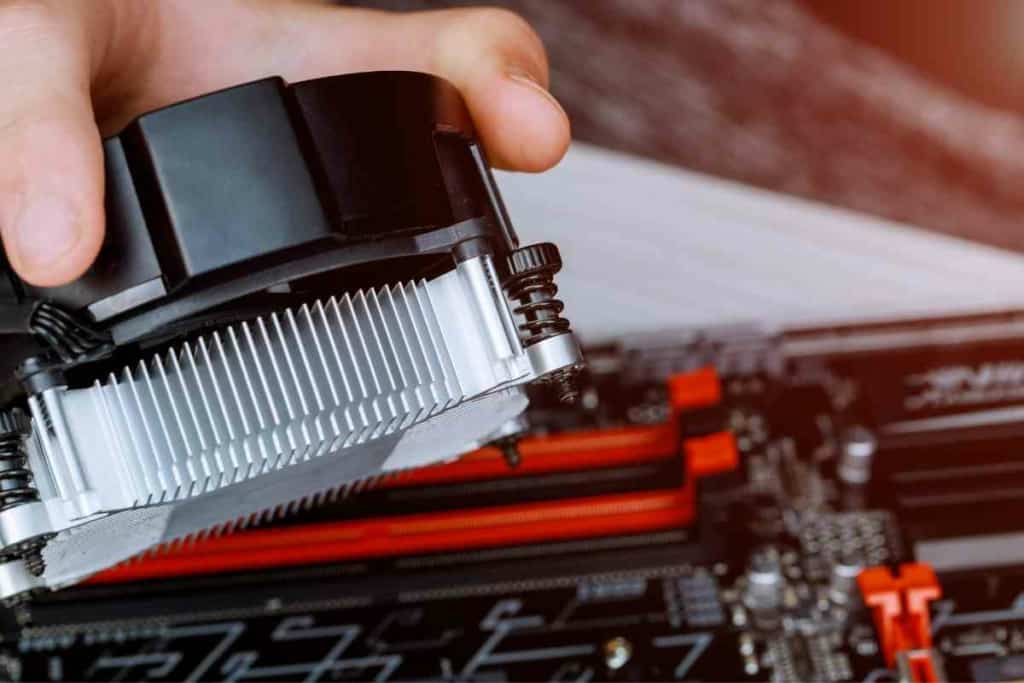Fan Requirements for a Graphics Card and Preventing GPU Overheating
Ever wondered why your visuals stutter? The culprit might be GPU overheating, a common challenge that hampers both the graphics and the overall performance of your computer.
How can you tackle this? The top solution is to employ a GPU fan.

Related articles!
What are the GPU fan requirements to prevent overheating?
To prevent GPU overheating, a graphics card requires an efficient fan system. The fan’s size, speed, airflow, and quality ensure optimal heat dissipation. Proper ventilation, regular maintenance, and monitoring real-time GPU temperatures are crucial for maintaining stability and high-performance computing.
Additionally, consider swapping out the thermal paste on your GPU for the highest quality thermal paste available. And if you’re an overclocking enthusiast, perhaps it’s time to dial it back by disabling overclocking and reducing GPU clock speeds.
Our quest to demystify this led us to conduct thorough research on graphics cards, GPU hardware, their functionality, and the reasons they might overheat. The knowledge we unearthed was invaluable.
Key Takeaways
- Using the right GPU fans can help prevent the GPU overheating issue.
- One of the best cooling solutions is to reduce clock speeds- avoiding GPU overclocking.
- Replacing the old thermal paste on the overheated GPU can be a solution.
- It is essential to choose the right GPU fan to eliminate overheating effectively.
Graphics Cards and How They Work
Graphics cards are the unsung heroes in our PCs and consoles, playing a pivotal role in the visual journey of computer usage. They’re the magicians behind the video rendering and animations that dance on our screens, offering users a taste of top-tier graphics card capabilities and visuals.
At the core of every graphics card is the GPU, or Graphics Processing Unit. This is no ordinary processor; it’s tailor-made for graphics-related tasks. From rendering 3D graphics, shading, texturing, to even video decoding and encoding, the GPU is the mastermind.
What sets the GPU apart? Its unmatched speed in handling graphics tasks, leaving traditional CPUs in the dust. This prowess is indispensable for high-demand graphics activities, whether it’s gaming, video editing, or 3D modeling.
But a graphics card is more than just its GPU. It’s a symphony of components like memory (VRAM), video card, power components, and cooling systems. The VRAM, in particular, is the GPU’s treasure trove, storing graphics data for quick access.
The power components are the lifeline, ensuring the GPU gets its necessary juice. Meanwhile, the cooling system is the guardian, maintaining the GPU’s temperature and warding off the dreaded overheating.
What Factors Contribute to Heat Generation
The GPU in a graphics card can generate a lot of hot air, especially when under heavy load or when you have an overclocked GPU. This is due to several factors that contribute to heat generation.

Heat Generation: The Culprits Behind the Blaze
The GPU in a graphics card isn’t just about stunning visuals; it’s also a heat factory, especially when pushed to its limits or overclocked. But what’s causing this inferno?
- Power Consumption: It’s simple physics. The more power your GPU guzzles, the more heat it spews out.
- Transistor Count: More transistors? Expect more heat. These tiny components can pack a thermal punch.
- Clock Speed: A faster GPU clock speed is like a car’s revving engine – it generates more heat.
This thermal trio can push your GPU’s temperature to soaring heights, leading to overheating. The consequences? Your computer might act up, showing reduced performance, graphical glitches, or even crashing. In the worst-case scenario, you might be shopping for a new graphics card.
The Savior: The Fan System
Imagine a summer day without a fan. That’s your GPU without its cooling system. The fan is the unsung hero, whisking away the heat and ensuring your graphics card doesn’t melt down. Without it, or if it’s on the fritz, your GPU’s temperature can skyrocket, spelling doom for your graphics card.
Fan Types and Requirements

Axial vs. Radial
The world of graphics card fans is mainly divided into two: axial fans and radial fans. Axial fans, with their sleek, elongated design, pull air in and push it out linearly.
Radial fans, the beefier cousins, send air out in a circle from their center. Remember, the right fan also depends on your computer case, and tools like MSI afterburner can help in temperature management.
Size Matters
A bigger fan can move more air, keeping your GPU cooler. But remember, size can also bring noise. Aim for fans around 70mm in diameter.
Speed vs. Silence
A faster fan is like a gusty wind, effective but loud. Find the sweet spot between cooling efficiency and a quiet workspace.
Airflow & Pressure
Think of airflow as the volume of the breeze and pressure as its force. Both are crucial for those intense gaming or editing sessions.
Bearings’ Quality
Ever heard a fan whirring or grinding? That’s probably a bearing issue. Opt for high-quality ones like sleeve or ball bearings for longevity and peace.
With the right fan by its side, your GPU can stay cool, ensuring you get a seamless and high-performance computing experience.
Conclusion
In the realm of PCs, the importance of maintaining optimal GPU temperatures cannot be overstated. From the manufacturer‘s design to the user’s maintenance habits, every aspect plays a role in ensuring stability and preventing performance issues. Brands like NVIDIA, ASUS, and AMD have continually innovated to provide solutions that cater to intensive tasks without causing the dreaded PC crash.
Whether you’re using an open-air cooled GeForce card or an AMD RX with a blower style, understanding the nuances of fan speed settings, heat dissipation, and the significance of real-time monitoring can be the difference between a smooth gaming session and a frustrating system meltdown. Remember, proper ventilation, regular checks for the accumulation of dust, and timely fixes can ensure your system remains cool and efficient.
FAQs
Why does my PC crash during intensive tasks?
Intensive tasks can push your CPU and GPU to their limits. If there’s inadequate heat dissipation, it can lead to overheating and result in a crash. Ensure your fan speed is set appropriately and check for accumulation of dust that might hinder airflow.
How can I monitor my GPU temp in real-time?
Many manufacturers, like NVIDIA and ASUS, offer software that you can download to monitor temperatures in real-time. Tools like ASUS GPU Tweak or NVIDIA GeForce Experience are great options.
I’ve noticed performance issues with my GPU. What fixes can I try?
Start by checking the fan blades for dirt. An accumulation of dust can reduce efficiency. Also, ensure your fan speed is set to adjust based on the GPU temp. If you’re tech-savvy, consider checking the heatsink and thermal pads. Brands like AMD and NVIDIA also have forums with recommended fixes.
Is liquid cooling better than a traditional heatsink for my GPU?
Liquid cooling systems, like hybrid ones, can offer superior heat dissipation compared to an aluminum heatsink. However, they might be more complex to install and maintain. Ensure your motherboard and power supply unit (PSU) support them.
My GPU’s fan is noisy. How can I reduce the noise levels?
Noise can be due to high RPM or issues with the fan’s bearings. Check for dirt on the fan blades or consider an adjustment in fan speed settings. If you’re using an ASUS or NVIDIA GeForce card, their software might allow for easy fan speed adjustments.
What’s the ideal GPU temp when running games?
While it can vary based on the manufacturer, most GPUs are designed to handle temperatures up to 85-90 degrees Celsius. However, maintaining temps below 80 degrees is recommended for longevity.
How important is proper ventilation for my PC?
Crucial! Proper ventilation ensures there’s no buildup of hot air, aiding in efficient heat dissipation. Ensure your PC’s placement allows for unrestricted airflow.